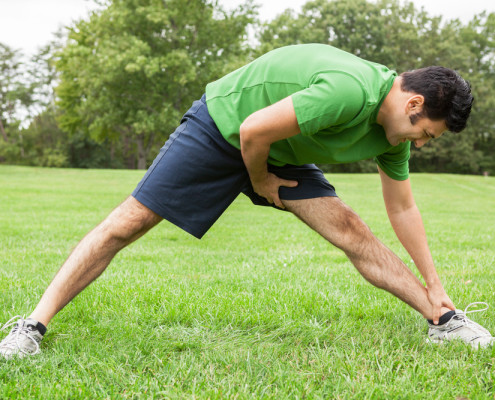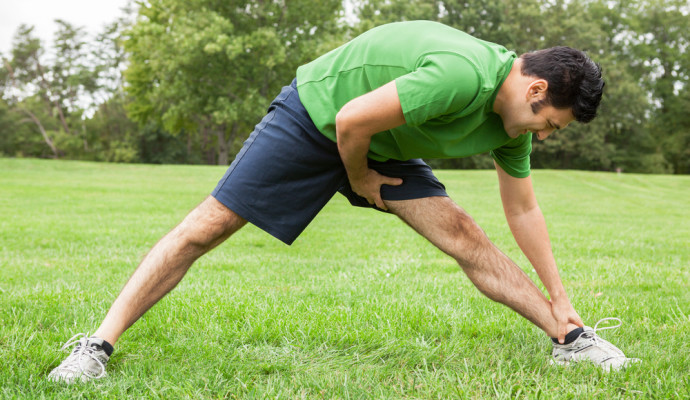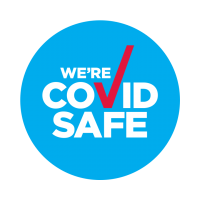Mobility & Stretching
When a joint can’t move, there will always be another muscle or joint that overcompensates for that lack of mobility. This is how postural imbalances and injuries occur.
Why mobilise ankle joint?
Calf/Achilles
Lack of calf mobility is the number one limiter of a perfectly executed squat. Generally calf tightness stems from walking or the frequent wearing of high heels. If calf and Achilles aren’t mobile our heels won’t stay on the floor in a squatting movement (sitting down, getting out of a car or training the squat). When this happens we build a whole lot of pressure in our knees and our lower back overcompensates to accommodate the load.
Why mobilise hips?
Hip flexors
Most of us have tight hip flexors from the ridiculous amount of time we all spend sitting down. This takes its greatest toll on our posture, tilting our hips forward and rounding the back out (sticking the bum out). Being set with this forward hip posture limits hamstring movement and results in hamstring tightness among other things.
Hamstrings/Glutes
If our posterior chain is tight for whatever reason (sitting, running, bad hip posture etc.), our lower back will perform the movement that our hamstrings are not. A lot of general muscular lower back pain is a result of poor hamstring/glute mobility and weak core muscles forcing too much lower back movement.
Why mobilise shoulders?
Pec (chest)
Most people we deal with have tight chest muscles resulting in a slumped forward posture. This is because most activity is performed in front of us (driving, writing, typing, texting etc.) meaning that constant forward position makes the chest tight and pulls the shoulder forward and down. Releasing pec tightness can result in better posture, better shoulder joint positioning and consequently; maintenance of good position through vertical and horizontal movement planes helping us to avoid injury.
Lat
Freeing up pent up knots and soft tissue tightness in the lats is mostly important for people with plenty of overhead work in their training. If our lats are tight our whole shoulder position will be moved up and in with overhead range pulling our shoulder blade out of position and causing trap/ neck tightness.
Rotator cuff
The muscles that comprise our rotator cuff allow us to rotate the shoulder joint internally and externally. Poor internal rotation mobility leads to bad shoulder position and potential injury with movements like bench press, push ups, upright rows and Olympic lifts where the shoulder is forced to rotate forward and out of its strong position in the socket (in clients with limited mobility). Poor external rotation mobility leads to bad movement position overhead but is also a big factor in posture. Tight external rotators, like tight pec muscles, result in a forwardly rounded posture.
WIN A MASSAGE
If you’re a member complete the October Quiz and put your entry in the Health Mates suggestion box by 26 Oct to go into the draw to win a 1/2 hour massage.
The winner will be notified at the end of the month.











